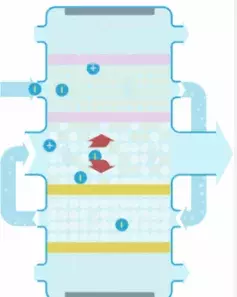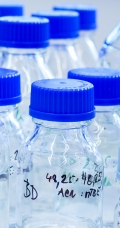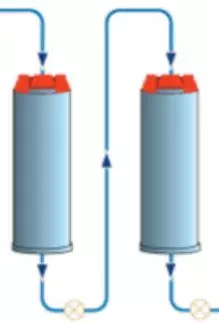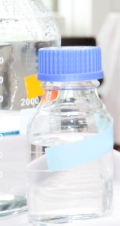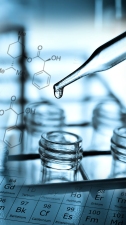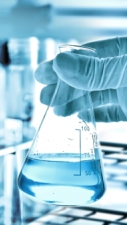Technologies in Water Purification
What is Water Purification?
Water purification is a process where water impurities, such as contaminants, inorganic compounds or bacteria are removed from the water, leaving it in a purer state. Most of the time, the source water for most laboratory and clinical applications is tap water. With water purification technologies this is processed to the required water type.
Why is Purifying Water Important?
It is important that impurities are removed and additional contamination is managed effectively. If source water is used in applications with no modifications to its condition, then the impurities are capable of influencing the data obtained in these applications. This can render the results invalid and unusable.
What does Water Purification Allow you to Remove?
In its natural state, there are many substances that can be found in water. These include:
• Bacteria and Micro-organisms
• Organic and Inorganic compounds
• Particulates
• Dissolved Gases
For more information on each contaminant type, check out our impurities page.
How do you identify the condition of your source water?
You will never be able to tell the purity levels of water through visual inspection alone, a deeper inspection using microbiological analysis is a necessity. Following this you know the condition of your source water and how to proceed.
What are the methods of water purification used?
There are many different technologies you can use to create pure water from potable water supplies, often in combination with each other. The technology best suited for your needs depends on the application you require it for, as well as the grade of water needed, whether it’s ultrapure water (type i) through to type iii. Costs are another factor to take into consideration, the cost of the whole treatment process will also influence the technology you select.
Water purification technologies used in medical and chemical applications include:


